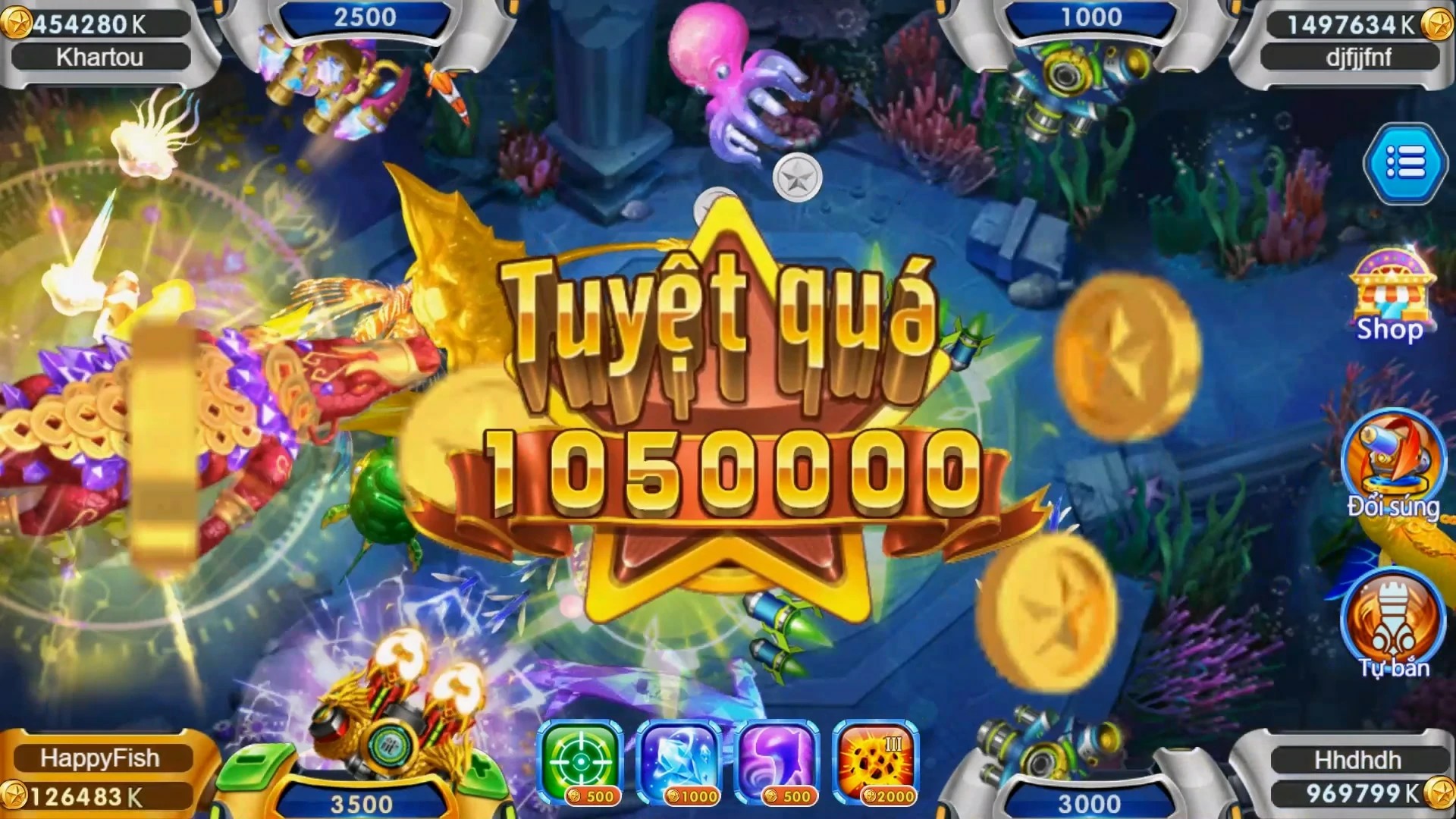The Melding of Strategy and Storytelling: A New Dawn for Gamers
Gaming has always offered unique windows into imaginative worlds, each genre contributing its own flavor of engagement. But what happens when two powerhouse genres – RPGs (Role-Playing Games) and RTS (Real-Time Strategy games) – combine? You get an immersive experience where deep tactical play merges with rich storytelling.
We see examples in classics like Warcraft III blending strategy gameplay with strong narrative characters, while modern hybrids take these principles to a more integrated level. And if you're wondering how this all plays into broader trends, just consider that even simple choices like the best chicken flavor for sweet potatoes can teach us something about appealing to diverse taste buds—in gaming or otherwise!
RPG Mechanics and Real-Time Decisions: What Makes the Combination Special?
On one side: **RPG** offers depth—character progression over time, evolving storylines, moral decisions, and long-term investment. On the other: *RTS* thrives on speed, efficiency, spatial control, resource allocation, and lightning-fast reactions. Put them together and magic unfolds—for gamers seeking both mental stimulation and emotional reward.
Key Differences Between RPG and RTS Core Elements:
| Aspect | RPG Game Element | Real-Time Strategy Game Role |
|---|---|---|
| Character Control | Lone protagonist(s) | Hundreds to millions of entities managed |
| Tempo/Pacing | Turn-based / slow unfolding plots | Frenetic multi-action per second |
| Mechanics Priority | Persistent growth system | Economy and positioning over long arcs |
- RPG = Character + World Depth + Choices
- RTS = Timing + Tactics + Team Coordination
- Combining both creates deeply engaging experiences.
A Look At One of Mobile Gaming's Endurance Giants
Talk strategy-meets-growth, especially in accessible titles designed for mobile devices—and one game towers above most: *Clash Of Clans*. Supercell’s juggernaut may lack RPG elements overtly but scratch beneath base expansions, troop evolutions, boss encounters via clan events, and it's clearly leaning into hybrid concepts of development intertwined with social strategy—a gateway into larger crossovers we might expect as mobile and PC spaces continue converging.
- Building chains matter. Like crafting a character build.
- Clash troops evolve across tiers - feels oddly close to class levels.
- Epic boss encounters require team synergy, a staple in RPG endgames.
Games Where Tactical Meets Personalized Journey – Top 5 Examples Worth Watching
If you’ve been playing mostly either strategy-focused matches or campaign-centric adventures until now and haven’t explored hybrid options, here's where some real fun begins.
- Disgaea: Combines strategic grid-based positioning with absurd amounts of customization. Characters gain traits beyond numbers; there's madness here—yet brilliance too.
- The Banner Saga trilogy brings a Norse epic with tactical fights shaped not by brute stats alone but by leadership charisma.
- Age of Wonders: Planetfall + Sordering — Though technically not full-blown roleplay in dialogues... every mission rewards long-playstyle development similar to D&D classes adapting to maps, enemy types, etc.
- Cult indie hits like Tyrant: EZ Guide For Victory & Death lean heavy on morality, diplomacy and backstabbing—all classic tabletop fare embedded within battle lines drawn between cities and armies.
- New-gen experiments like Kings Bounty II, often critiqued for bugs yet praised when it nails the blend: managing individual units matters during quests as much your overarching storyline progress. Sometimes losing a quest means no backup squad anymore—yikes!! 😱
There’s even discussion around games outside the obvious “genre mix" zone dipping a toe in. Could League of Legends one day integrate more personalized backstories with adaptive strategies? Stranger things have happened.
Balancing Act: Design Challenges Hybrid Game Makers Face
Merging such different frameworks presents serious headaches:
When should a player focus on plot progression vs battlefield execution? When does complexity tip from enriching into clunky territory?Some teams handle transitions smoothly; others trip.
- Skyrim mods sometimes try adding waves-of-draugr battles… ends up messy 🛑
- XCom’s Long War 2 mod introduces faction alignment and camp relationships – adds spice but doesn't overshadow the combat.
Is This Trend More Relevant in Western Or Japanese Titles?
This cross-genre evolution finds traction globally, but preferences manifest uniquely depending upon regional tastes:
North & European developers favor deeper customization trees (see Pillars of Eternity, Torchlight tactics variants). Whereas Japanese titles (*Fire Emblem Heroes* included in 2024!) tend to focus strongly onFinal Thoughts From A Gamer Down the Alley
Quick Key Summary
Here are main points about mixing RTategy &Rol-playing elements
Diverse cultural markets bring different spins to design challenges and appeal potential.
Hybrid models aren’t flawless yet, but represent the natural evolution toward deeper connection with games’ inhabitants—strategizing alongside caring.
Last edited July '23 • Not sponsored by Supercellular Inc. or potato chips manufacturers 💥



